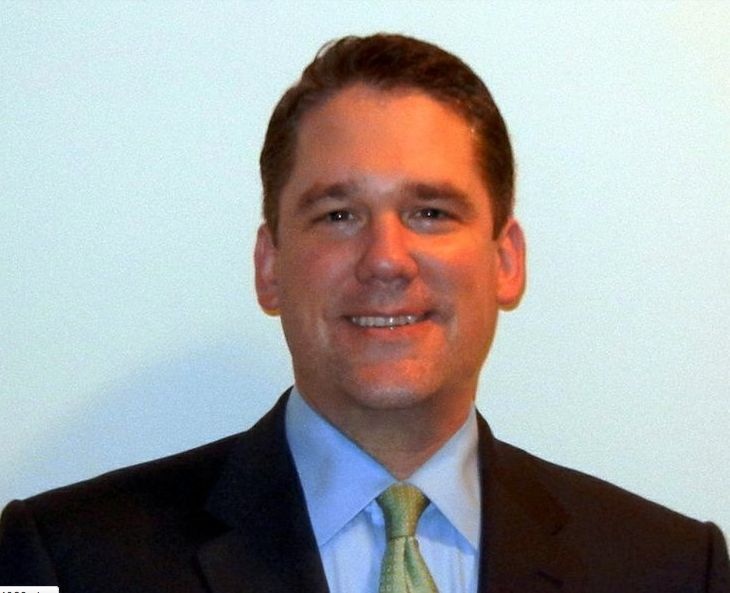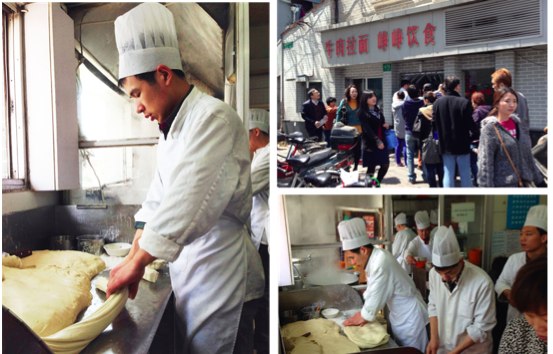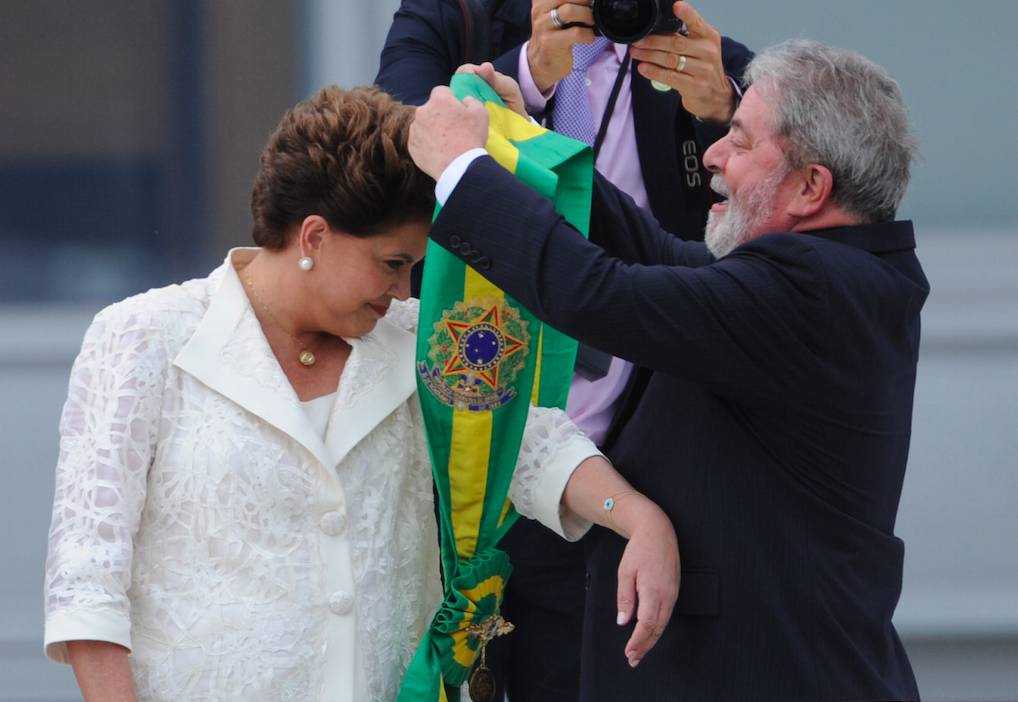Craig Baker Appointed Global Chief Investment Officer at Towers Watson
| For Alicia Miguel | 0 Comentarios
Towers Watson has appointed Craig Baker to the new role of global Chief Investment Officer (CIO) responsible for all aspects of the company’s investment philosophy and process, while Chris Mansi will take on the new role of global delegated CIO, with responsibility for the construction and management of delegated clients’ portfolios. The appointments are effective immediately.
Chris Ford, global head of Investment at Towers Watson, said: “In order to provide a competitive advantage for our clients we have to make the best possible use of our global resources, both in finding investment ideas and in helping our clients decide which are appropriate for their portfolios. There are significant advantages to be gained by establishing a level playing field between alpha, smart beta and bulk beta investments, as well as by treating risk management as a source of value creation rather than only considering return generation.
“To this end, Craig’s role as Global CIO for our whole investment business brings together all of our research and portfolio construction resources. Consistent with our commitment to provide our investment ideas to any client that requests them, irrespective of service model, this role has responsibility for our investment philosophy and approach across both advisory and delegated services, ensuring consistency across the investment processes used in each case.
“In an increasing number of jurisdictions our clients are asking us to augment their internal resources by taking on the responsibility for implementing part of or their entire portfolio through a delegated or outsourced CIO service. In appointing Chris Mansi to the role of Global CIO for our delegated service, with responsibility for portfolio management for these clients, we will further increase our ability to deliver our best investment ideas to these clients whatever their jurisdiction.”
Craig Baker and Chris Mansi between them have worked in most areas of the Towers Watson Investment business during their tenures of 20 and 15 years respectively.





